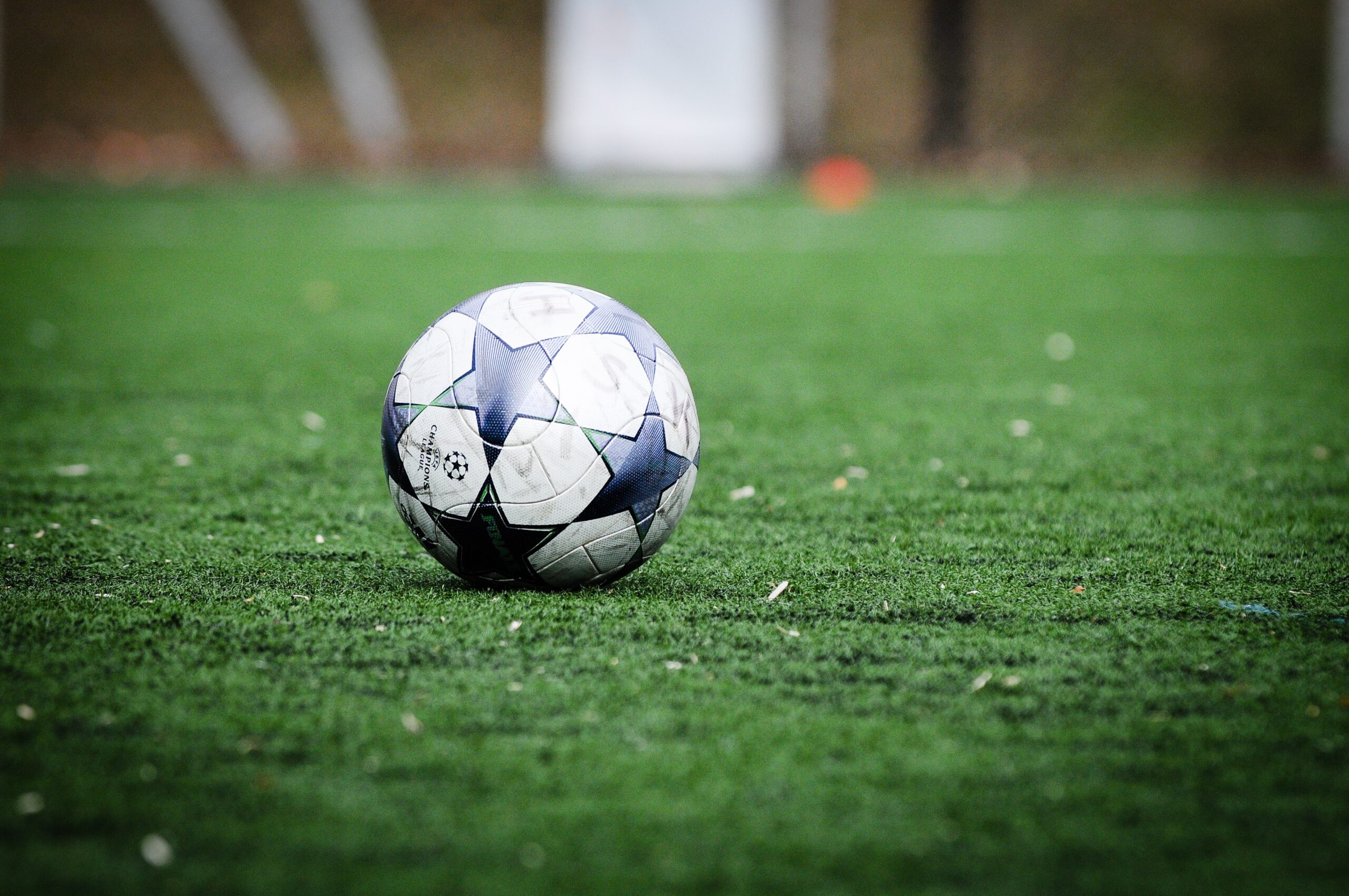
The well-known video game company Electronic Arts (EA) is known for releasing the football video game FIFA (now known as EA Sport FC), which is celebrated for providing a realistic football experience. To ensure that players have an immersive experience, EA places great importance on obtaining the necessary licenses for the intellectual property used in their games. For example, the FIFA trademark that was previously used, the teams’ kits and logos, and the players’ image rights. But anyone who follows FIFA (now known as EA Sport FC) will know, every year when EA promotes its newest edition of the football game, it will also announce what new stadium licenses have been acquired. The company already has more than 100 virtual stadiums they can use for their game in order to fulfill players’ desire to feel as though they are really playing inside the stadium. I believe that many people, upon hearing it’s necessary to obtain licensing to simulate a stadium in a video game, will wonder: just what kind of legal licensing needs to be acquired? This article will discuss this question from the perspective of the legal framework prescribed by Taiwan’s Copyright Act and Trademark Act.
-
Protection Granted for Stadiums by the Copyright Act
According to Article 5 of the Copyright Act, if a stadium is to be protected by copyright, then it should belong to the category of “architectural works” listed in Article 5, paragraph 1, subparagraph 9. In this case, if a video game company wants to build a virtual representation of a stadium’s architecture in its game, then it could be considered as an act of reproduction according to the Copyright Act. Whether this act of reproduction is lawful will first depend on whether the company has gained a license. If they have not gained a license, then it will depend on whether such use constitutes fair use that does not infringe on copyright.
According to the Copyright Act, the provisions related to fair use of architectural works are prescribed in Article 58. The provisions in that Article state:
Artistic works or architectural works displayed on a long-term basis on streets, in parks, on outside walls of buildings, or other outdoor locales open to the public, may be exploited by any means except under the following circumstances:
- Reproduction of a building by construction of another building.
- Reproduction of a work of sculpture by production of another sculpture.
- Reproduction for the purpose of long-term public display in locales specified in this article.
- Reproduction of artistic works solely for the purpose of selling copies.
According to the regulations just mentioned, the virtual reproduction of a stadium’s architecture by a video game company would clearly not fall under any of the four exceptions to fair use. Therefore, it is necessary to further discuss whether this type of use would comply with the following three requirements stated in the clause:
- open to the public
- outdoor locales
- displayed on a long-term basis
In terms of EA’s use of simulated stadiums in its football game FIFA (now renamed EA Sport FC), the modeled stadium architecture is not limited to the stadium’s visible appearance from the street, but also includes the view from inside. According to the interpretation of Article 58 of the Copyright Act provided by the Taiwan Intellectual Property Office (“TIPO”), if the outside of the stadium is visible from the street, then its use should be construed as fair use under Article 58. The TIPO’s interpretation holds that, except for use that falls into one of the four exceptions mentioned above, it is permissible to film or use architectural and artistic works that are “displayed outdoors on a long-term basis,” such as Taipei 101, Grand Hotel Taipei, National Taichung Theater, temples and their sculptures, and Buddha statues.[1]
But what if the architectural scene is only visible after entering the football stadium? Is it also possible to claim fair use as defined by Article 58 of the Copyright Act? It would be impossible to provide a one-size-fits-all answer. The TIPO specifically emphasized in their interpretation that statues in temples, if they do not fall under the category of artistic works that are “displayed outdoors on a long-term basis” as listed in Article 58 (for example, if something is only displayed indoors), then any unlicensed filming or use of it may still potentially infringe on the copyright of the rightsholder.[2] Therefore, according to the TIPO’s interpretation, if an architectural scene is deemed as being part of the inside of a football stadium and does not meet the requirements of being in an “outdoor locale” as specified in Article 58, then it may not be possible to claim fair use as listed in that article.
What if the architectural scene inside a football stadium is an outdoor locale? Would it be possible to argue that it falls under fair use in Article 58? At present, the TIPO has not provided an interpretation on this issue. However, we can consult the TIPO’s fair-use interpretation regarding Buddha statues and temples. Buddha statues are sculptures in temples that are usually only visible after entering. Therefore, architectural scenes that are only visible after entering the football stadium, if they are outdoor locales, could possibly likewise fall under the definition of fair use in Article 58. However, it’s important to point out that temples are usually places that the public can enter freely at any time. But a sports ground is different. There are times when the public can enter freely, but there are also times where it is necessary to buy a ticket to look around a ground or watch a game. Fair use as prescribed by Article 58 of the Copyright Act not only requires that the architecture is an “outdoor locale” and “displayed on a long-term basis,” but also that it must be “open to the public.” Therefore, if it is necessary to buy a ticket to enter the stadium, then maybe it would not fit within the definition of “open to the public.” It merits noting that even if reproduction of a stadium’s visible appearance from the street or the architectural scene inside a stadium does constitute fair use, it remains necessary to clearly identify the source from which such use originates, as required by Article 64 of the Copyright Act.
Since the courts in Taiwan have not been required to make a judgment on this yet, the validity of the above analysis remains to be verified by the courts through judgments in actual cases. Therefore, it is worth keeping an eye on.
-
Protection Granted for Stadiums by the Trademark Act
In Taiwan, there is no better-known example of registering a building as a trademark than the Taipei 101 building. Similarly, if a video game developer wants to model the outside appearance of a stadium that is a registered trademark in the virtual environment of a game, then the Trademark Act might apply. One example of registering the special characteristic of a stadium as a trademark is Boise State University in the United States; they were able to register their blue turf as a trademark.[3] According to this example, supposing a stadium in Taiwan also registered its distinctively-colored turf as a trademark, a video game developer that uses that specific color for the turf in their virtual stadium could potentially have to deal with the issue of trademark infringement.
However, even if a stadium’s appearance or the interior features have already been registered as trademarks, whether the video game developer’s use in a game is necessarily trademark infringement would depend on the specific manner of use. If the use of a stadium’s appearance or interior features in the game is not use as a trademark, or if the use falls within the scope of fair use as specified in Article 36 of the Trademark Act, then it would not be considered trademark infringement.
At present, since there have not been any relevant court cases in Taiwan, the validity of the above analysis similarly remains to be verified by the courts through judgments on actual individual cases. Therefore, it is worth keeping an eye on.
This is a translation of the original article in Chinese, which can be found here. Translation by George Bobyk.
For more information on gaming and intellectual property matters in Taiwan, please contact Ling-ying Hsu at lhsu@winklerpartners.com.
Written on 19 July 2023 by Ling-ying Hsu
Translated on 7 September 2023 by George Bobyk
[1] See TIPO Email No. 1090319 and TIPO Letter No. Zhi-Zhu-11210002370.
[2] See TIPO Email No. 1120503.
[3] See Boise State University’s website: https://www.boisestate.edu/licensing/trademarks/blue-turf-blog/.

